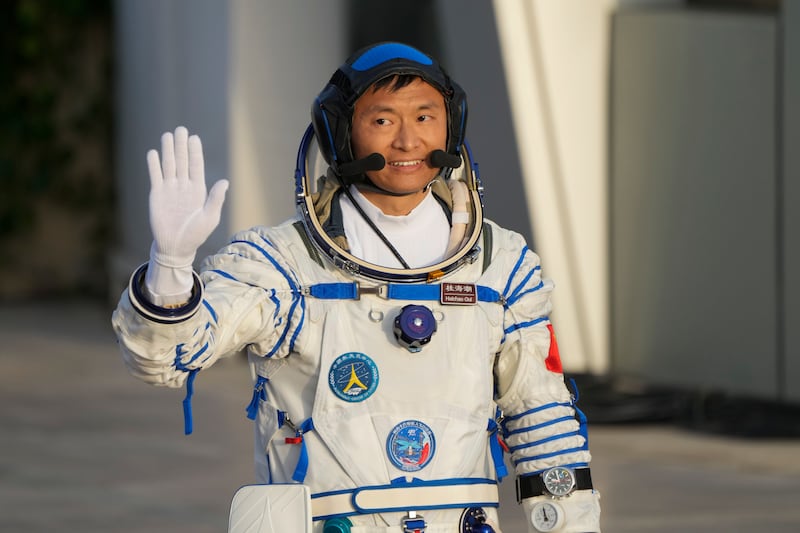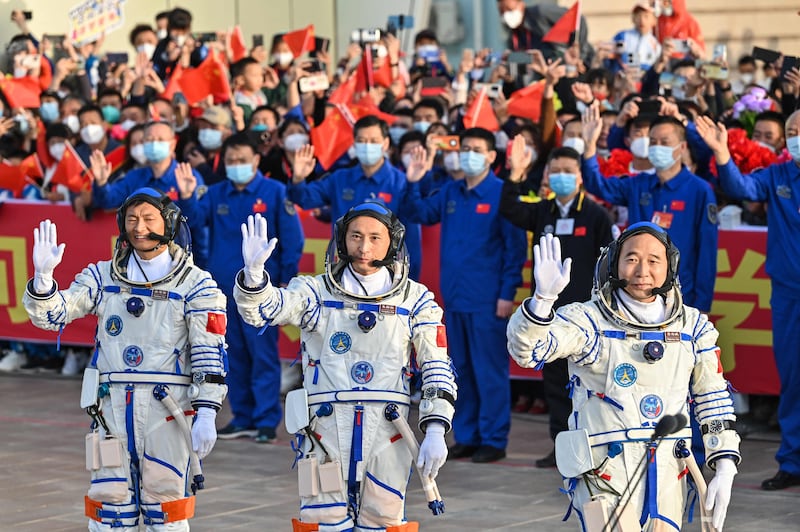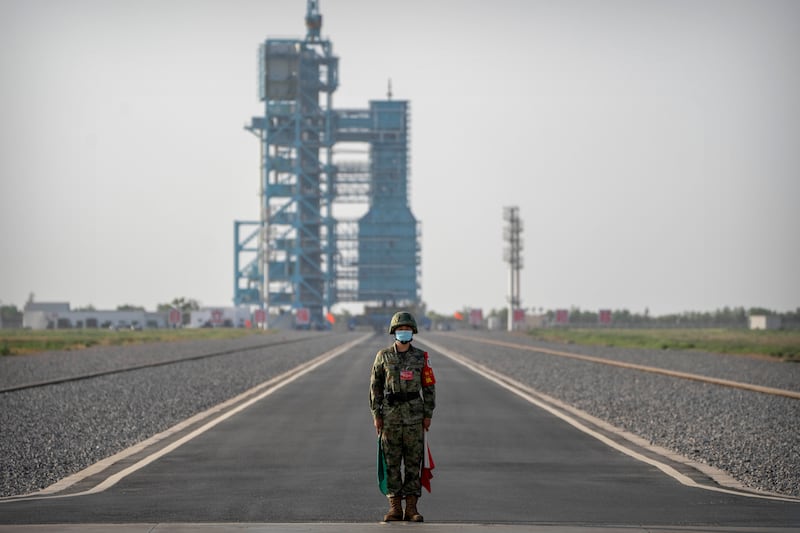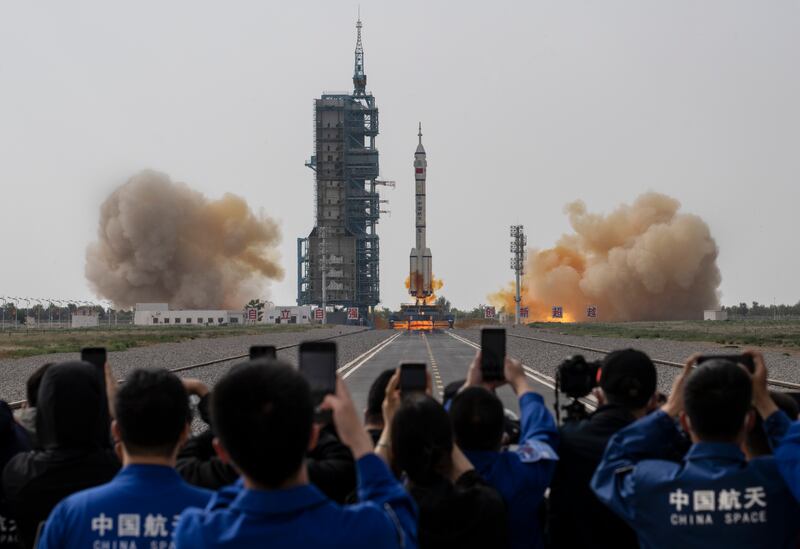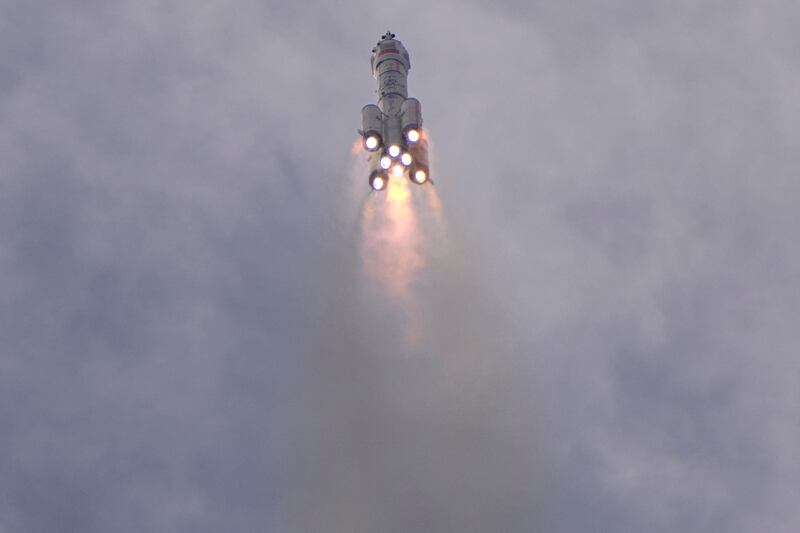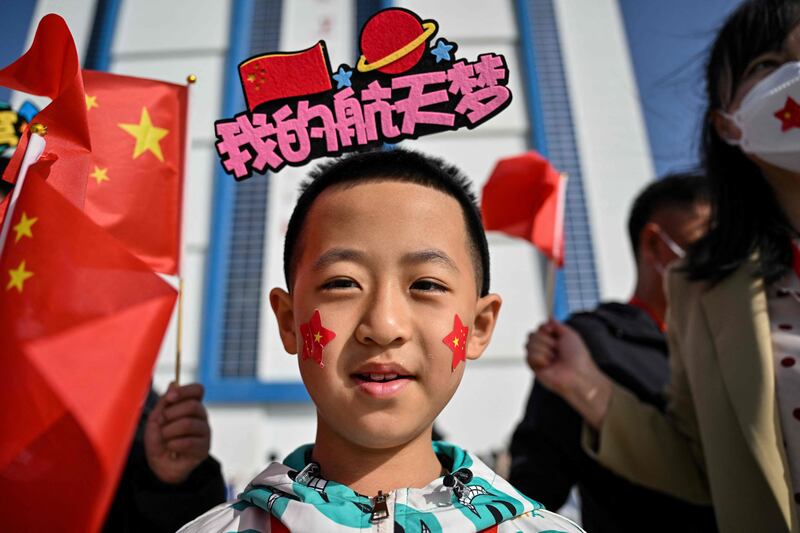China has launched a civilian into space for the first time as part of a three-man crew heading to its Tiangong space station.
The Shenzhou-16 crew – including Gui Haichao, a professor at Beihang University – took off on Tuesday on-board a Long March 2F rocket launched from the Jiuquan Satellite Launch Centre in north-west China.
Commander Jing Haipeng, leading the crew on his fourth mission, and engineer Zhu Yangzhu were also launched into orbit.
The launch was a “complete success” and the “astronauts are in good condition”, said Zou Lipeng, director of the Jiuquan Satellite Launch Centre.
China, which became was the third country to put humans in orbit, hopes to send a manned mission to the Moon by the end of the decade.
It has invested billions of dollars in its military-run space programme in a push to catch up with the US and Russia.
Tiangong – which means “heavenly palace” – is the crown jewel of its space programme, which has also landed robotic rovers on Mars and the Moon.
Shenzhou-16 is the first mission to Tiangong since it entered its “application and development” stage, authorities said.
The Shenzhou craft will dock with the space station's Tianhe core module.
Chinese spaceship blasts off with civilian on board for first time
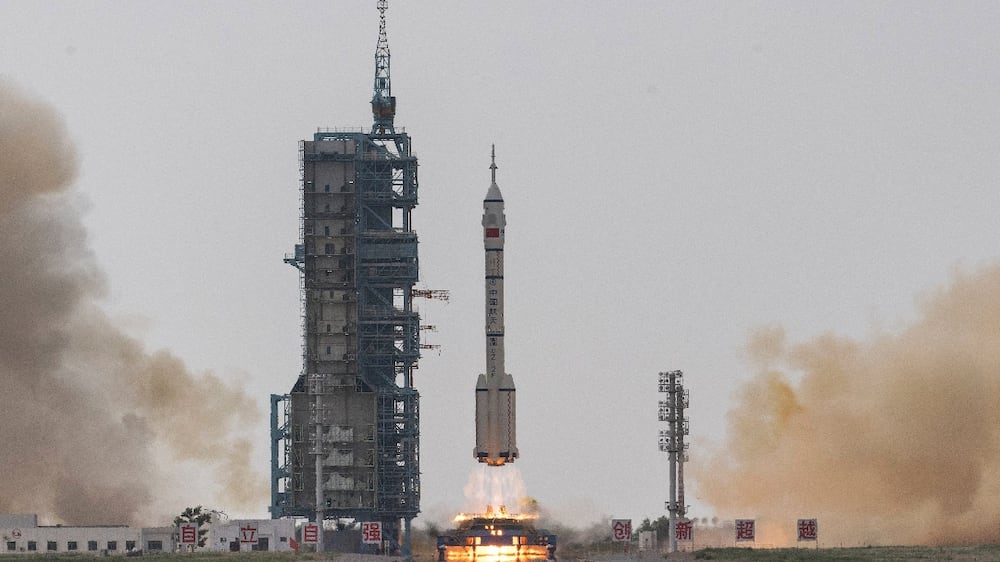
The crew will then meet their three colleagues from the Shenzhou-15 flight, who have been at the station for six months and will return to Earth in the coming days.
Shenzhou-16 will carry out a number of experiments during the mission, including in “high-precision space time-frequency systems”, general relativity and studies into the origin of life, CMSA spokesman Lin Xiqiang said.
The space station was resupplied with drinking water, clothing, food and propellant this month in preparation for Shenzhou-16's arrival.
One expert told AFP that Tuesday's mission represented “a regular crew rotation flight”, but even that was significant.
“Accumulating depth of experience in human space-flight operations is important and doesn't involve new spectacular milestones all the time,” said Jonathan McDowell, an astronomer and astrophysicist at the Harvard-Smithsonian Centre for Astrophysics.
Plans for China's “space dream” have been put into overdrive under President Xi Jinping, and it is planning to build a moon base.
“The overall goal is to achieve China's first crewed landing on the Moon by 2030 and carry out lunar scientific exploration and related technological experiments,” Mr Lin said.
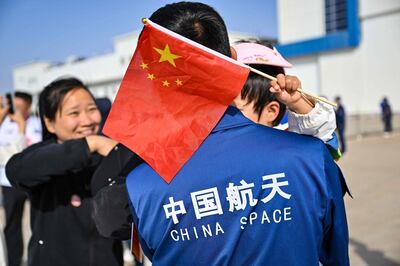
The station carries several pieces of cutting-edge scientific equipment, state news agency Xinhua reported, including “the world's first space-based cold atomic clock system”.
Tiangong is expected to remain in low-Earth orbit at an altitude between 400km and 450km for at least 10 years.
It is constantly manned by rotating teams of three astronauts.
The US banned Nasa from engaging with China in 2011, effectively excluded the country from the International Space Station.
China's space agency repeated on Monday that it is actively seeking international co-operation in the project.
Beijing plans to send two manned space missions to Tiangong every year, according to the CMSA.
The next will be Shenzhou-17, with an expected launch in October.
